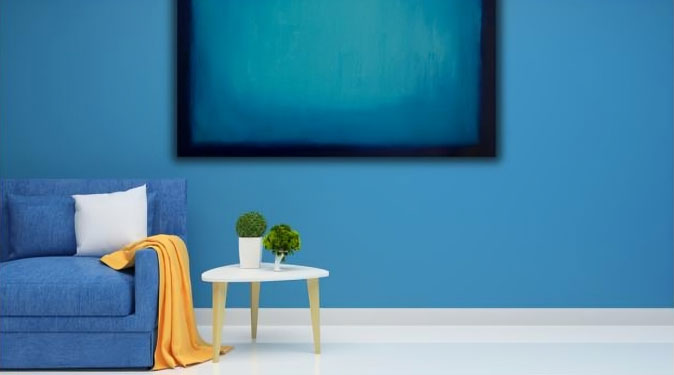In the intricate dance of interior design, there exists a transformative element capable of seizing attention, evoking emotions, and commanding the essence of an entire room— large scale paintings. These captivating works of art, with their imposing presence and intricate narratives, play a pivotal role in crafting focal points within interior spaces. In this exploration, we uncover the profound impact of large-scale paintings in defining and elevating the ambience of a room.
In the world of interior design, large paintings take centre stage. They naturally capture our attention, evoke emotions, and establish the overall ambience of a room. Think of them as storytellers who bring history, ambience, and the artist’s voice into a space. More than just an art piece, large scale paintings serve as the centrepiece of a room. It’s that special touch that turns a regular room into something truly special.
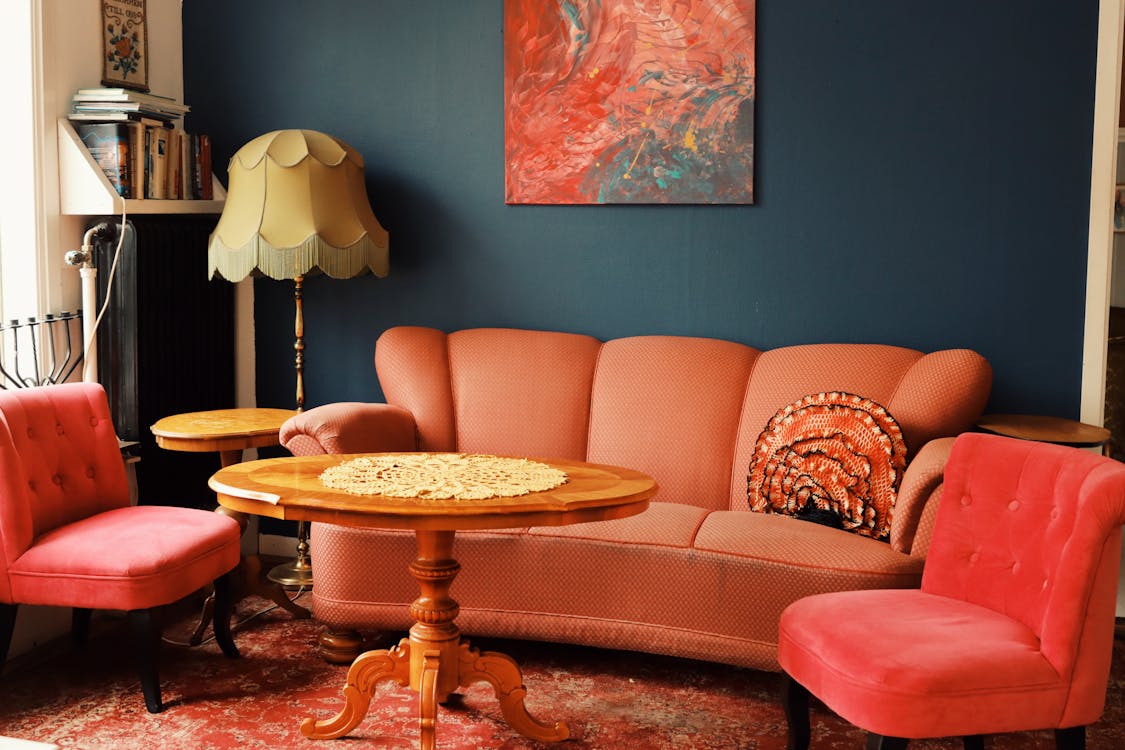
Defining the Focal Point with Large Scale Paintings
A focal point is the visual anchor of a room. It’s like a magnet that catches your eye, acting as a central point among the room’s features. It’s where you naturally look and where the room’s design stands out the most. Large-scale paintings, with their grandeur and expressive potential, effortlessly assume this role.
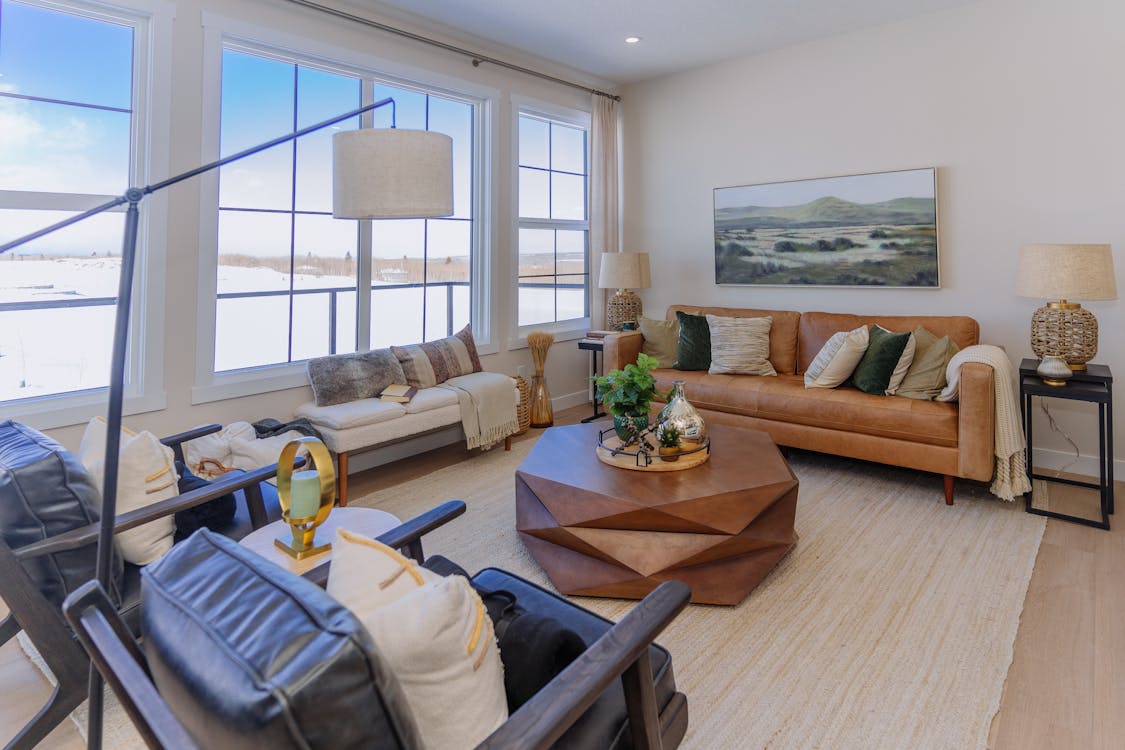
How Large Scale Paintings Add Drama and Emotional Resonance
Large-scale paintings are inherently dramatic. Their sheer size commands attention and establishes a theatrical dimension within a space. Whether it’s a monumental landscape, an abstract masterpiece, or a vivid portrait, the drama they infuse can transform a mundane room into a captivating stage.
Emotional Resonance: Art has the power to evoke emotions, and when presented on a grand scale, it amplifies this effect. A sprawling canvas portraying a tranquil seascape can invoke a sense of serenity, while an abstract composition may stir curiosity and introspection. These feelings become the main vibe of the room.
Visual Balance, Harmony, and Space Management
In rooms with sprawling layouts or high ceilings, large-scale paintings provide a sense of visual balance. They fill the vertical space, creating harmony and preventing the room from feeling cavernous or empty. This is especially valuable in contemporary open-plan living areas and loft-style spaces.

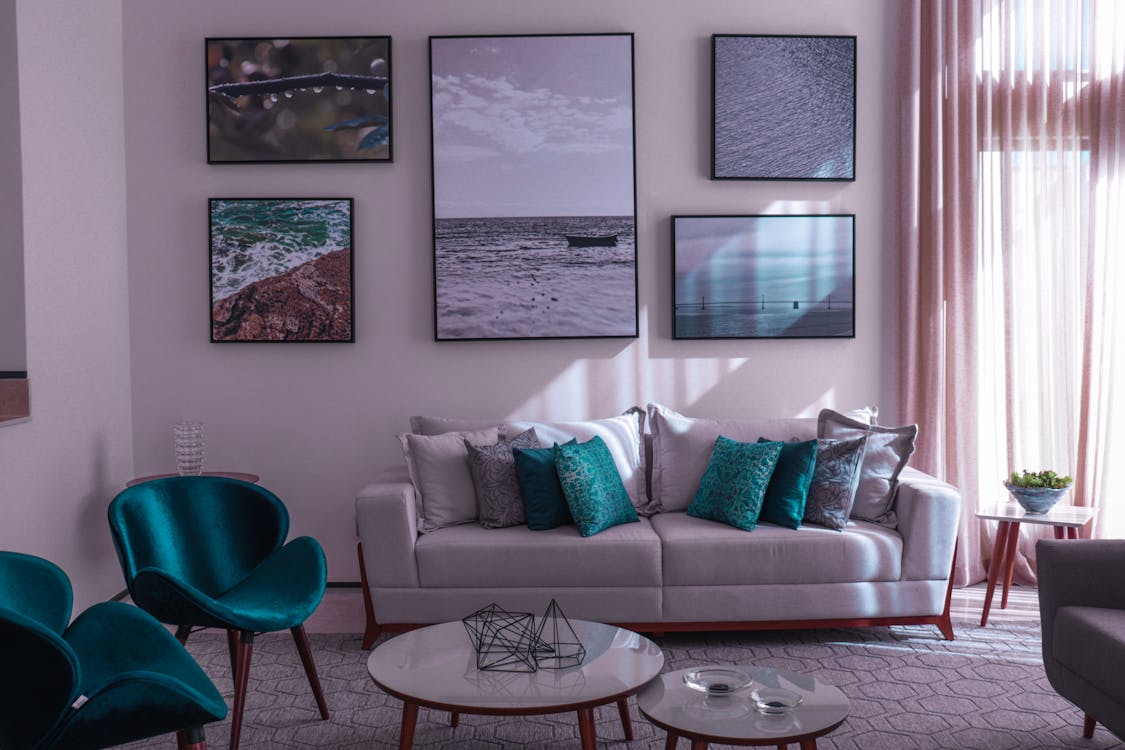
Creating Identity and Making a Statement with Large Artwork
Statement and Identity: Large scale paintings are statement pieces in their own right. They reflect the homeowner’s personality, taste, and artistic preferences. They become a distinctive emblem of the room’s identity, giving guests a glimpse into the dweller’s psyche.
Versatile Ambience Shapers: Large scale paintings are versatile in their ability to influence ambience. A bright, unique painting can make a room feel lively, while a traditional artwork can give it a classic look. The choice of artwork sets the tone for the room’s mood and character.
Anchoring and Guiding: These grand artworks don’t merely capture attention; they also anchor the room’s design. Large scale paintings can guide the placement of furniture and decor elements, creating a sense of purpose and order. Ensuring large scale paintings complement your room’s colour scheme is vital, as it helps maintain harmony and balance within the space. They provide a visual roadmap for the room’s layout.
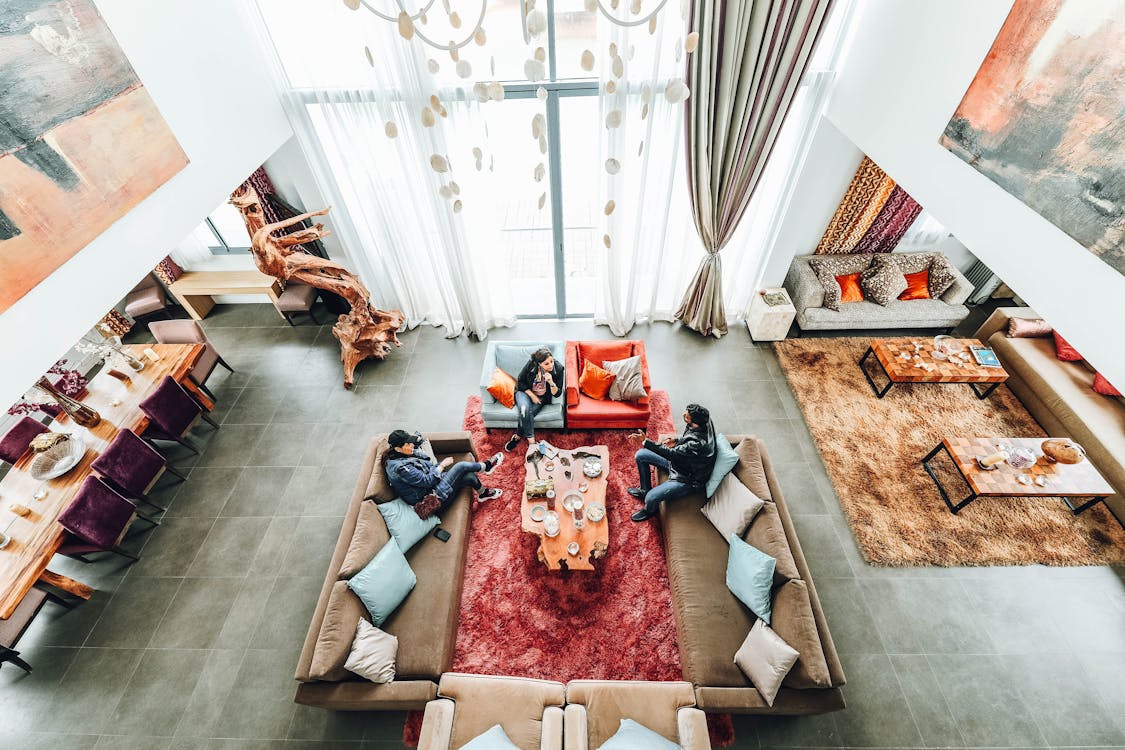
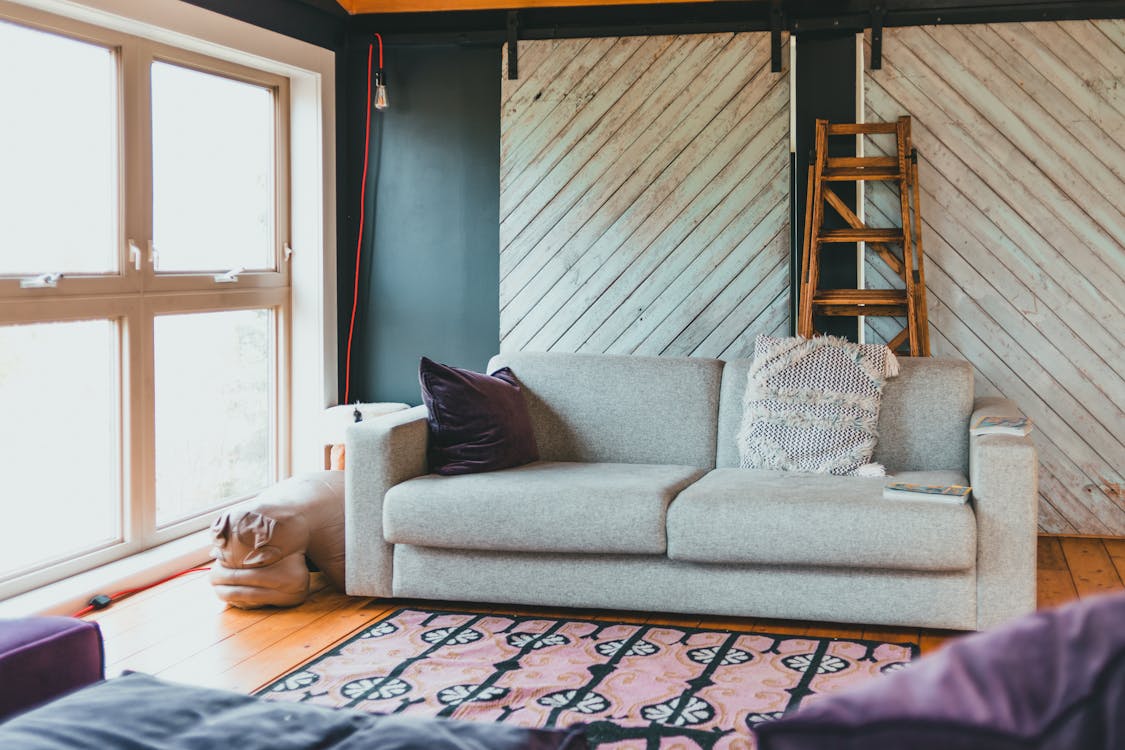
Modern Use of Large Scale Paintings in Interior Architecture
Creative Expression Through Large Scale Paintings: Artists use large canvases to express their creativity and vision on an expansive scale. These works often brim with intricate details, textures, and layers, inviting viewers to embark on a visual journey.
Transcending Boundaries: In modern interior design, large-scale paintings transcend the boundaries of traditional art. They merge with the architecture, encompassing entire walls and becoming integral elements of the room’s structure.
Timeless and Adaptive: Big paintings are more than just decorations; they’re long-term choices. They can last a long time and can be adapted to fit different room designs or even as the owner’s preferences change over time.
Conclusion: The Transformative Power of Large Scale Paintings
The beauty of large scale paintings lies in their ability to grow with you. As your tastes evolve and your space changes, these artworks continue to inspire and adapt, offering new perspectives and interpretations over time. They represent not just an investment in your home’s aesthetic, but in its emotional resonance and personal significance.
Large scale paintings are more than decor—they are anchors of emotion, balance, and personality in a space. Choosing the right piece transforms your home into a living entity that speaks volumes about who you are and what you value. Take the bold step of incorporating a large scale painting into your space, and watch as it breathes life, character, and grandeur into your home.
Antique Picture Framing: FAQs
Generally, any painting that exceeds 40 inches (about 100 cm) in either height or width is considered large scale. However, the perception of size is relative to the room dimensions. In a small room, a 36-inch canvas might appear large, while in a spacious loft with high ceilings, even a 60-inch painting might feel modest. The key is proportion—a large scale painting should command attention without overwhelming the space.
When selecting a large painting for your living room, consider:
- The colour palette of your existing decor (either complement or purposefully contrast)
- The ambience you want to create (serene, energetic, contemplative)
- Your connection to the artwork (it should resonate with you)
- The viewing distance (more detailed works need closer viewing capabilities)
- The lighting conditions (natural light versus artificial lighting affect how the artwork is perceived.
Remember that a large painting will become a defining element of your space, so choose something that you’ll enjoy looking at daily and that aligns with your style.
Absolutely! A large strategic painting can make a small space appear larger by creating depth and drawing the eye. The key is choosing the right piece and placing it correctly. In smaller spaces:
- Consider paintings with lighter colours or those that develop a sense of depth
- Minimise other wall decorations to let the large piece breathe
- Position the painting where it has room to be appreciated, such as over a sofa or bed
- Select artwork with a visual “horizon line” positioned slightly above eye level to create the illusion of a larger space
The optimal placement depends on the room’s layout and function, but generally:
- Living rooms: Above the sofa, fireplace, or on the main wall visible upon entering
- Dining rooms: On the wall facing the table, where diners can enjoy it during meals
- Bedrooms: Opposite the bed or above the headboard for visual impact
- Hallways or entryways: They create a striking first impression
The bottom edge of the painting should typically hang 57-60 inches from the floor (gallery height), positioning the centre at average eye level. However, this can be adjusted based on the furniture arrangement and ceiling height.
While large scale paintings can enhance all interiors, they are particularly impactful in:
- Minimalist spaces where they can serve as the primary decorative element
- Rooms with high ceilings that need vertical balance
- Open-plan areas that need definition and zoning
- Monochromatic or neutral colour schemes that benefit from a bold visual element
- Contemporary spaces that embrace artistic expression
- Transitional areas like foyers and hallways that need character
Even traditionally styled rooms can be elevated by large scale paintings, especially when the artwork’s subject matter or framing complements the classic aesthetic.

